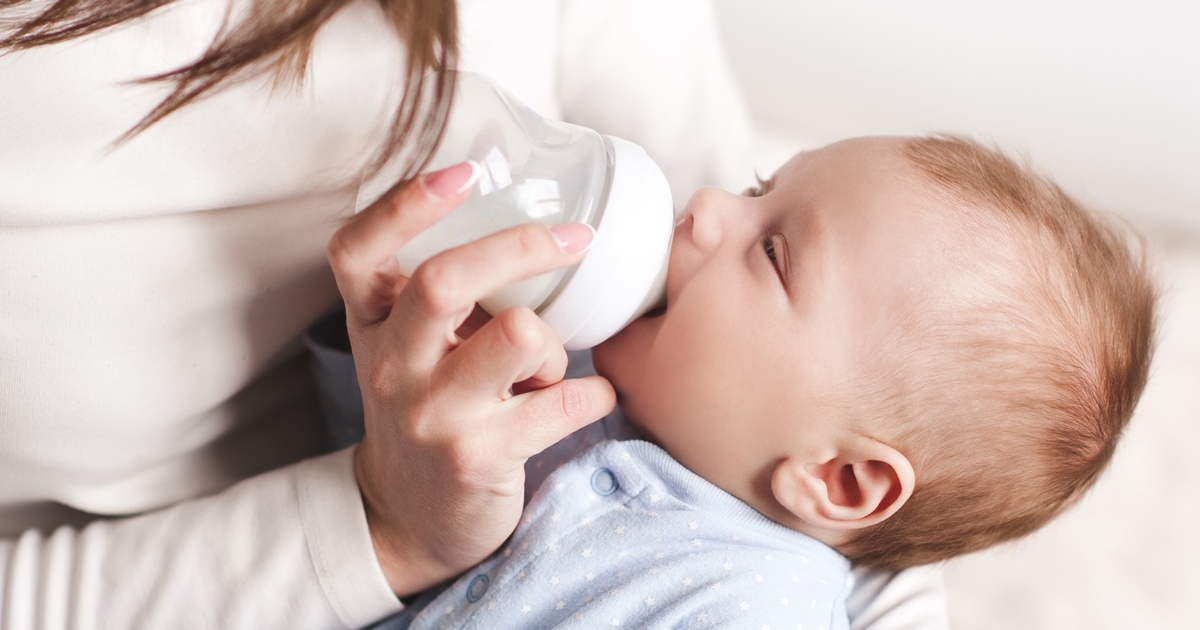Bottle Feeding Guide: Cavity Free Tips

Introduction to a Cavity-Free Approach When it comes to bottle feeding, one of the most critical aspects to consider is the oral health of your baby. As a parent, ensuring your child develops good oral hygiene habits from an early age is crucial. This includes understanding how to prevent cavities, which can be a significant concern during the bottle-feeding stage. Cavities, also known as tooth decay, are areas of damage on the teeth surfaces, and they can be particularly problematic for infants and toddlers due to their small teeth and developing oral hygiene habits.
Early Signs of Cavities in Infants
Identifying cavities early on is vital for effective treatment and prevention of further complications. Some of the early signs of cavities in infants include: - Visible Holes or Discoloration: Look for any visible holes or discoloration on the teeth. This can range from white spots to dark brown areas. - Sensitivity: If your baby shows signs of tooth sensitivity, such as discomfort when feeding or during teething, it could be a sign of a cavity. - Pain: Although babies cannot verbalize their discomfort, they may exhibit pain through fussiness, especially during feeding.
Understanding these signs is the first step in maintaining your baby’s oral health.
Causes of Cavities in Bottle-Fed Babies
Cavities in bottle-fed babies are often associated with the frequent and prolonged exposure of teeth to milk, formula, or other sugary liquids. Here are some key factors to consider: - Frequency and Duration of Feeding: The more frequently your baby is fed and the longer the feeding sessions, the higher the risk of cavities. - Type of Formula or Milk: While breast milk is less likely to cause cavities than formula, it can still contribute to tooth decay if good oral hygiene practices are not followed. - Sugar Content: Liquids with high sugar content can significantly increase the risk of cavities.
Preventive Measures for a Cavity-Free Smile
Preventing cavities involves a combination of good feeding practices, oral hygiene, and regular dental check-ups. Here are some cavity-free tips for bottle-feeding parents: 1. Limit Frequent Feedings: Try to establish a regular feeding schedule rather than feeding on demand throughout the night. This can help reduce the frequency of sugar exposure to the teeth. 2. Start Oral Hygiene Early: Begin cleaning your baby’s mouth even before the first tooth appears. You can use a clean, damp cloth to wipe the gums, and once the teeth erupt, use a soft-bristled toothbrush with water. 3. Use Fluoride Toothpaste Appropriately: For children under 3, use a smear of toothpaste (about the size of a grain of rice) and for children 3 and older, use a pea-sized amount. Fluoride helps strengthen tooth enamel and prevent decay. 4. Schedule Regular Dental Visits: The American Academy of Pediatric Dentistry recommends that children visit a dentist by their first birthday or within six months of the first tooth’s eruption. Early visits can help identify potential problems and allow for preventive measures.
Maintaining Good Oral Hygiene Practices
Good oral hygiene practices are crucial for preventing cavities and ensuring overall oral health. Here are some tips to maintain good hygiene: - Clean the Bottle and Nipple: Regularly clean and sterilize the bottle and nipple to prevent bacterial buildup. - Monitor Feeding Habits: Avoid letting your baby sleep with a bottle, as this can lead to prolonged exposure of teeth to milk or formula. - Introduce Water: After feedings, offer your baby water from a cup to help rinse the teeth and reduce the concentration of sugars.
Common Misconceptions About Cavities in Infants
There are several misconceptions regarding cavities in infants that are worth addressing: - Myth: Cavities in Baby Teeth Don’t Matter: Reality: Baby teeth are crucial for the development of permanent teeth and overall oral health. Untreated cavities can lead to infections, abscesses, and even affect the development of permanent teeth. - Myth: Only Sugar Causes Cavities: Reality: While sugar is a significant contributor, any carbohydrate, including milk and formula, can lead to tooth decay if good oral hygiene practices are not followed.
Conclusion: Empowering Parents for Cavity Prevention
Preventing cavities in bottle-fed babies requires a proactive approach that combines good feeding practices, regular oral hygiene, and awareness of early signs of tooth decay. By understanding the causes of cavities, adopting preventive measures, and maintaining good oral hygiene practices, parents can significantly reduce the risk of their baby developing cavities. Regular dental visits and open communication with your pediatrician or pediatric dentist are key components of ensuring your child’s oral health and development.
How often should I clean my baby’s teeth?
+You should clean your baby’s teeth at least twice a day, in the morning and before bedtime, using a soft-bristled toothbrush and water for infants under 3, and a fluoride toothpaste for children over 3, as directed by your pediatric dentist.
Can I let my baby sleep with a bottle?
+No, it’s not recommended to let your baby sleep with a bottle. This can lead to bottle mouth or nursing caries, a condition where the front teeth develop cavities due to prolonged exposure to milk or formula.
How can I tell if my baby has a cavity?
+Early signs of cavities include white spots, discoloration, or small holes on the teeth. Your baby may also show signs of tooth sensitivity or pain during feeding. Regular dental check-ups can help identify cavities early on.
